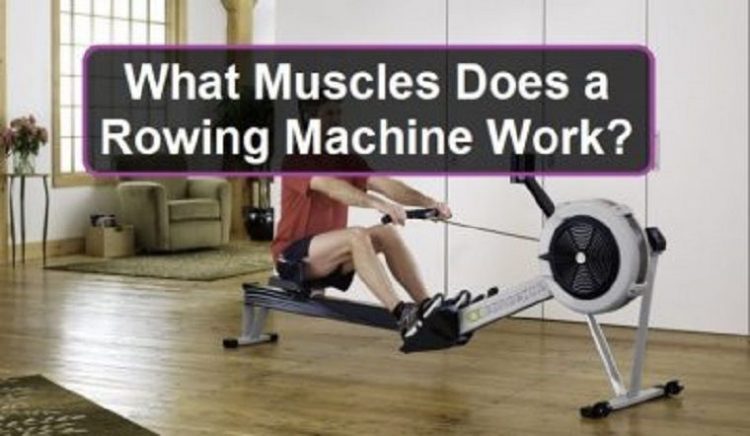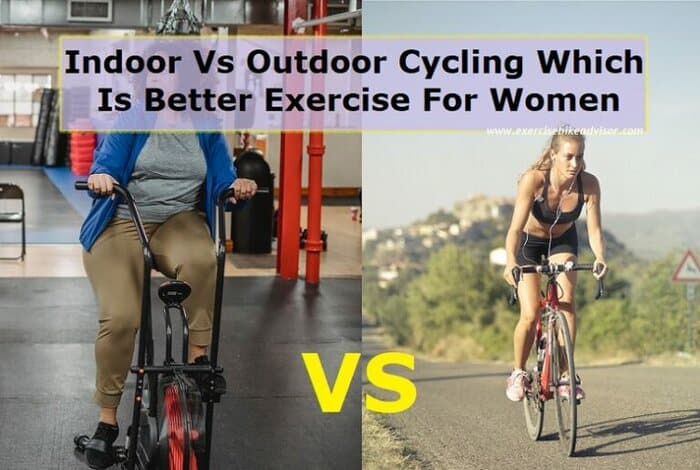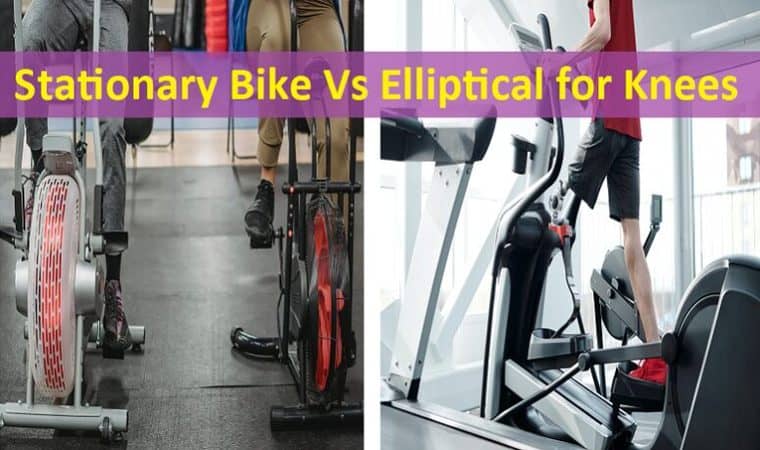As the world that we live in becomes more and more confined, the space for active training is also diminishing. Besides that, many people, especially in the current world, prefer setting up their apartments’ training centers.
One of the training tools for that purpose is the rowing machine. A good rowing machine has a first impact on the muscles in the body. However, some muscles do not feel this impact initially, but later on, as the training intensifies.
Which muscles, then, does a rowing machine impact? What are the benefits of this machine? Read through this article to understand more about the same.
- Does rowing have an impact on the muscles?
- What are the benefits of rowing?
- Cardiovascular strength.
- Total body wellness.
- What are the side effects of using a rower?
- Does rowing help one lose belly fats?
- What are the levels of rowing?
- Rowing and health.
- Does rowing give abs?
- What is the impact of rowing on the external body?
- How many muscles does rowing have an impact?
- If I row for 15 minutes, how many calories will I burn?
- Conclusion.
Does rowing have an impact on the muscles?
Yes, a lot of muscles in the body feel the impact of this machine. The common ones include the biceps, quadriceps, triceps, obliques, hamstrings, deltoids, and lats.
Other muscles are calves, glutes, pecs, abs, and upper back, and so on. The effect is not limited to the muscles mentioned only here but also to some other body parts.
Apart from the muscles, rowing also has an impact on the general body shape and weight. It also leads to the burning of calories and reducing cholesterol and sugar levels in the body.
What are the benefits of rowing?
We are now going to look at the benefits that rowing offers to our bodies.
Cardiovascular strength.
The overall muscular system of the body will increase. The rowing machine gives the body a complete workout that mainly involves a set or a group of muscles.
Working on this machine will lead to an increased heart rate, which provides an excellent aerobic workout for the body.
To experience such benefits, you will need to spend close to two and a half hours a day rowing. It does not have to be an extensive exercise, but just of moderate intensity.
Alternatively, you can also do 30 to 60 minutes of moderate exercising five days a week. For those who do not have much time for the rower, you can do 20 to 60 minutes of heavy-intensity exercise three days a week.
You can as well decide to do all the intensities simultaneously and have better cardiovascular conditions.
People who do rowing regularly rarely experience heart problems or even other body conditions such as high blood pressure or even high blood sugar levels. Rowing keeps the body healthy and clean.
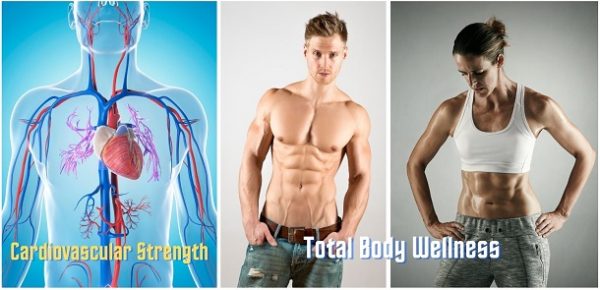
Total body wellness.
It is not only the muscles and the heart that benefit from rowing. The entire body benefits from regular exercise. Both the upper and the lower back and shoulder get an excellent workout from rowing.
Both the hands and the wrist are helpful when a person is exercising on a rower. In the end, and due to constant usage, they get stronger.
What are the side effects of using a rower?
As much as the rower is beneficial to our bodies, there could be some side effects. That is what happens if you fail to use it correctly.
For example, if you do not push it off into the foot, you may strain your heels and the knee joints. It will then lead to a lot of discomforts and premature stoppage of the exercise.
Other side effects include back pain, improper posture, and pain in the upper back.
If you use the rower correctly, you will be less likely to experience such side effects, though it might be unavoidable in some cases.
Does rowing help one lose belly fats?
Failing to practice can make one accumulate a lot of fats in the belly. If you exercise, let us say that the impact on the belly fat will not be much by having regular walkouts.
However, if you deploy the rower, especially with vigorous training, you will lose many of these fats within a short time.
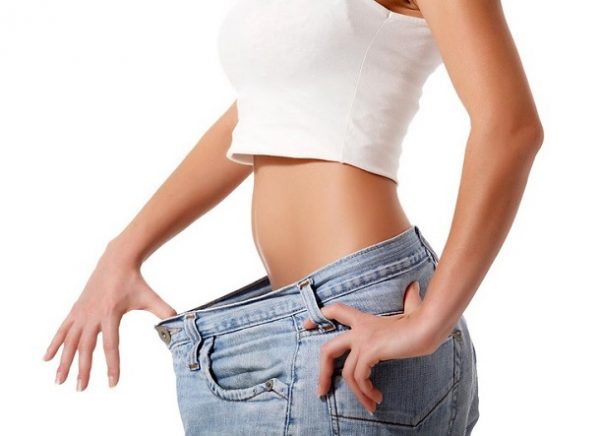
Rowing is an excellent way of burning calories. It is also best for building a strong muscle base.Yes, we can comfortably say that rowing helps to shed off belly fat.
To shed off more of it, you will need to work hard to elevate your heart rate. When you achieve a high heart rate, it will help you to fight off the fats from the rest of the body, and not just the belly.
What are the levels of rowing?
Rowing, like any other physical activity, has some levels to it. You cannot just join the aerobics class and get into any level. That will beat the logic of training.
For beginners, it is ideal to do exercise three times a week. The muscles wear out fast, and the recovery can be painful. It is also important to note that if you do not let the muscles rest and recover, they may fail. So, it is better to allow some time for the muscles to recover after a workout.
In some cases, the body may become sore and even have blisters develop. You will require a sufficient amount of time to recover first before resuming the session.
For the professionals, their bodies are already aware of the system. It will not be a challenge to them when carrying out the exercises.
People in this category require a minimum of time to have their bodies ready for the next exercise. Professionals can do up to 5 sessions a week, the only difference being the intensity and duration of the training.
Rowing and health.
The two factors are almost interdependent. However, previous and recent studies show that people who do regular training are often healthy and fine. Their immune system is also excellent, and they are less prone to contracting diseases.
As we saw earlier, rowing leads to the reduction of harmful body elements. In that respect, the body will remain healthy for the longest time possible.
Another health benefit of rowing is that it keeps the body in perfect shape. People who use these machines eventually will have regular-shaped bodies and glowing skin.
Does rowing give abs?
Rowing work on the arbs, despite the amount of time that you spend on the machine. It might not necessarily give you the abs, but will work on regularizing abs muscles.
What is the impact of rowing on the external body?
By the external body, I mean the visible body parts such as the muscles and the thighs. While regular exercising will keep the general body in shape, there will be an exception to such body parts.
It tends to push out and be more visible. In essence, it should become less visible, but because of the physical activity that one gets into, they will push out.
It is not, however, a guarantee that the muscles and the thighs will push out. The cardiovascular workout from exercising will help to burn out additional calories.
How many muscles does rowing have an impact?
In general, rowing activates approximately nine muscles in the entire body. Aside from that, 85% of other body muscles will get activated by rowing as well.
That justifies why indoor rowing is a lot more beneficial to the body. You can even burn more than a thousand calories when you do a regular practice in your apartment.
If I row for 15 minutes, how many calories will I burn?
Much depends on the intensity of the exercise. A person running on moderate levels will burn fewer calories than someone doing vigorous exercising.
If you are rowing at a moderate speed for about half an hour, you will burn approximately 210 calories. Should you decide to go for vigorous training and rowing for half an hour, you will burn up to 255 calories.
A person’s weight will also determine the amount of energy that the body will burn while rowing!
Conclusion.
Rowing is an excellent exercise that our body needs. It helps to keep the body strong and healthy. Rowing can directly stimulate up to 9 muscles in our bodies and close to 85% of other body muscles.
All these help to burn off excess calories, fats, and sugar levels, and hence keeping the body healthy all the time

